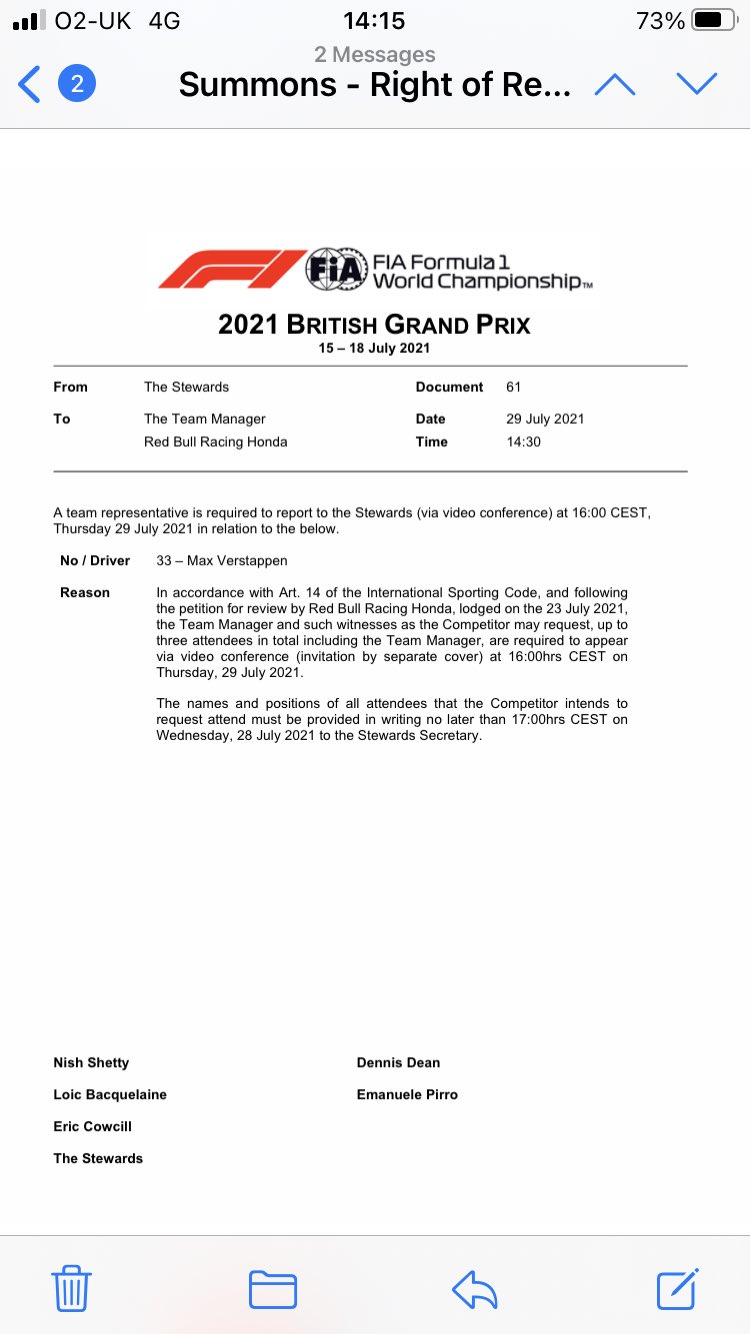Belts are used for securing you when you are racing, although drivers themselves need it far less then passengers (because they know when a brake point is coming) and the have you push yourself back on the brake pedal. But, this is all a byproduct from the real use of belts, and that is accidents. Started off as a way ri stay secured and not be spiked by the steering wheel or decapetated by the windscreen, now, it’s also to dampen the high impact loads because of the flex/stretch on extreme loads.Tizz wrote: ↑27 Jul 2021, 08:56I'm not sure how tight belts would limit the frequency of movement of your spine as your spine is embedded in relatively soft tissue. Isn't it more to limit the movement of a single vertebrae relative to its neighbour ?TNTHead wrote: ↑26 Jul 2021, 21:27... and more so, with the tight belts the eigen frequency of the whole body (of the spine, around 6 Hz) is shifted upwards, depending on mass and stiffness of the body cell. This way excessive shock vibrations at the eigen frequency of the spine is avoided.Rodak wrote: ↑26 Jul 2021, 18:02
More than that, the belts keep you from moving around. Of course the seat is molded to the driver and supports the torso, but tight belts also insure you are not bracing against the wheel. A six point harness in a single seater really limits movement and it's not possible to strap yourself in, so have a crew person you really like fasten the crotch straps.......
For labor spaces normally the ISO 2631-1 standard is used to evaluate possible health risk due to shock and vibration. I assume this standard (or any labor space related standard) is not applicable for a F1 cockpit...
The problem with your head moving relatively to your body is, as I understand, supposed to be taken care of by the HANS. Ever tried one ? It feels really awkward...
As for tight belts... My personal experience is in touring cars. You really want to be slowed down with the car otherwise your chest will take a decent hit against the belts when you slam the brakes. In formula cars however I remember when one of Montoyas friends (I think from Indycar) tried a F1 car. He was not aware of the stopping power and was too losely belted. He slid down the cockpit so far they hardly could see his helmet.
After a crash, belts are (just like helmets) scrapped.
In a crash, there is enough flex that you have to calculate for two separate masses when it comes to frequencies and impact forces.




